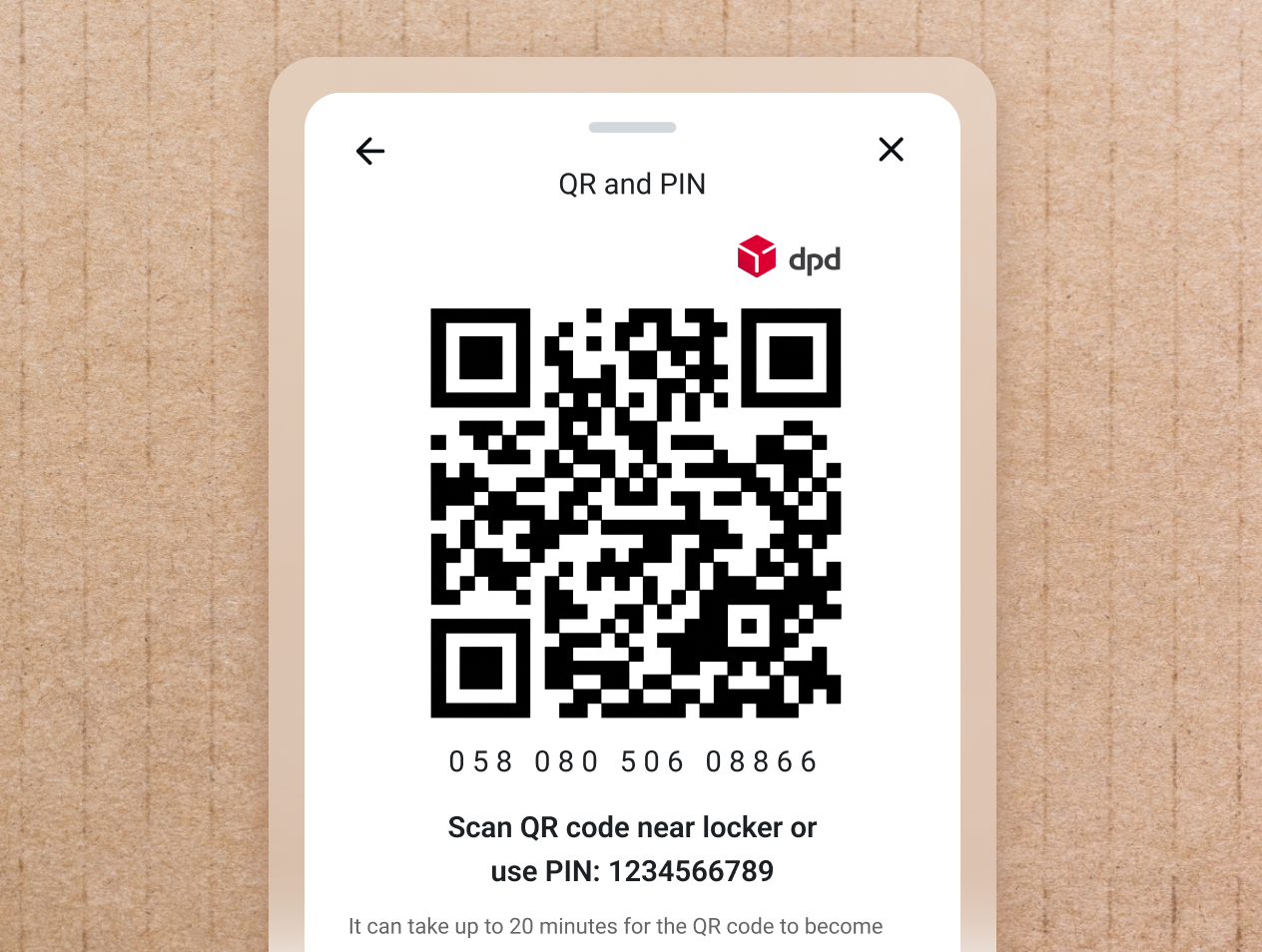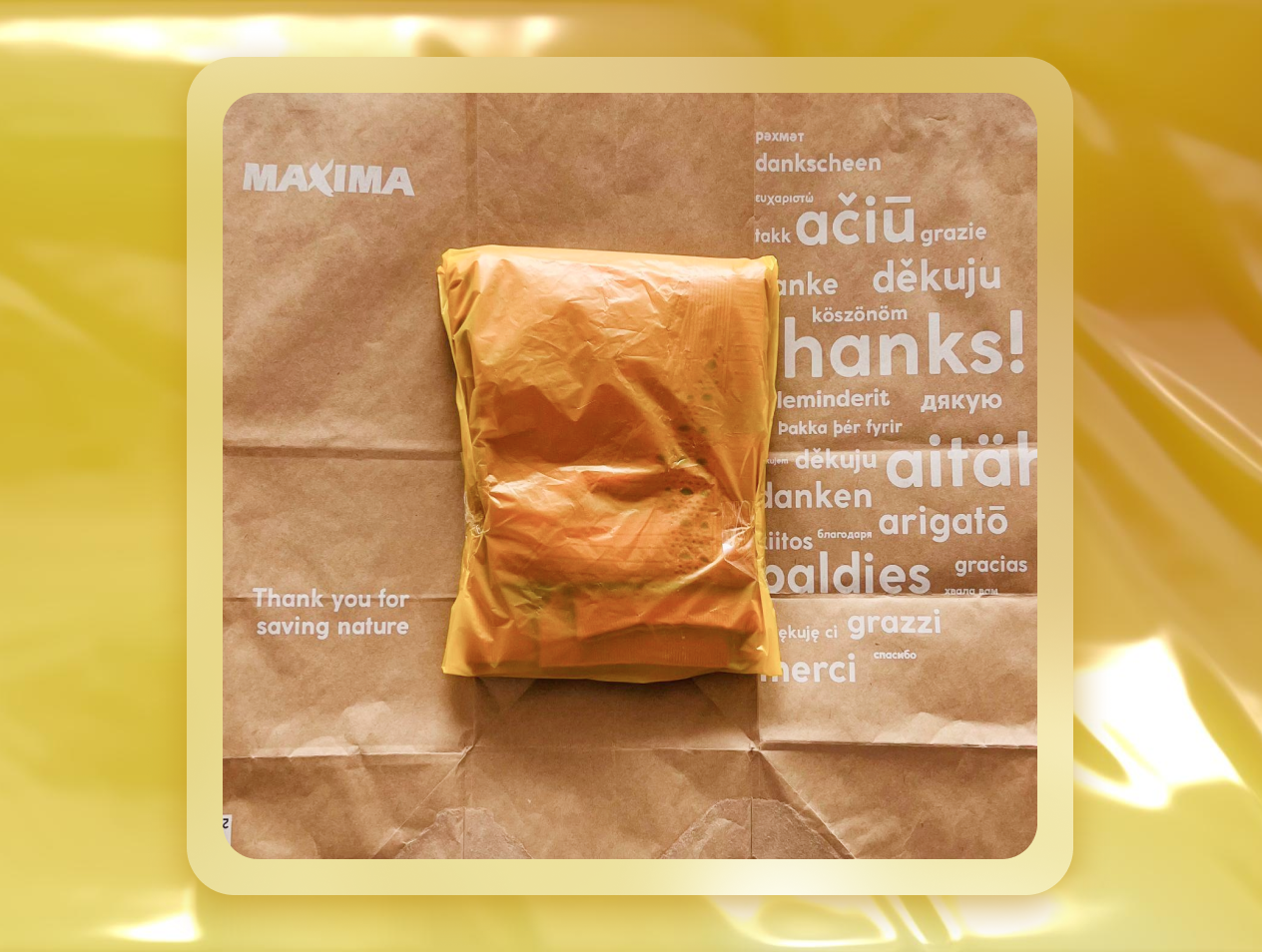Familiar returns
July 2025
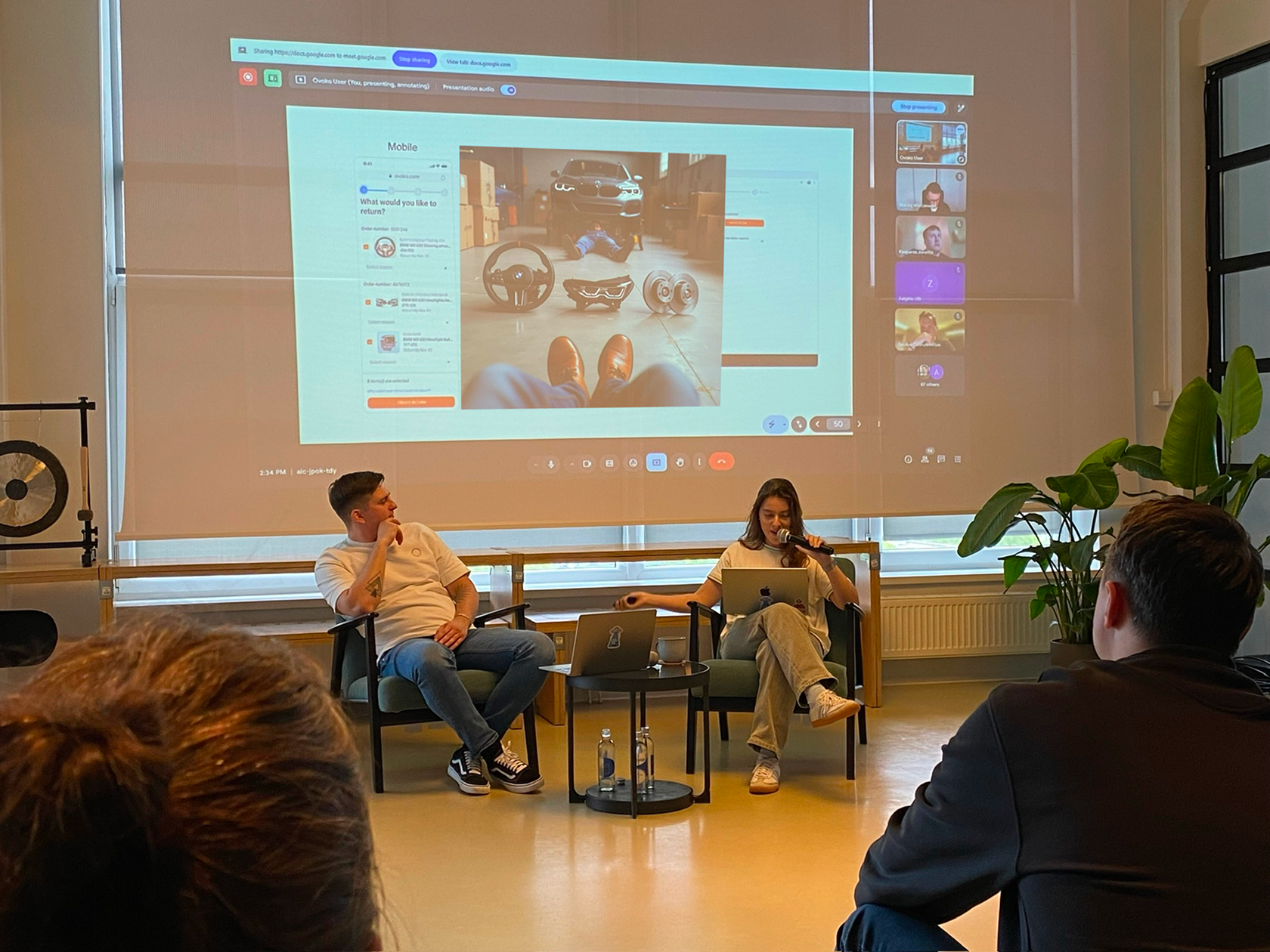
It all starts with legacy
The first meeting happened on July 24th, 2024, between me and the Product Manager (the guy in Vans), almost a year ago when the first release happened. Our Kardan team of 9 had just started working on one of the biggest parts of Ovoko. Returns was originally built 5 years ago, but since then, Ovoko went from 16k orders per month to 41k per week. The number of returns grew, shipping logic became more complex, and unsolved customer support tickets reached ~22k just about returns alone.
At the time, I was in my 2-month probation period, working as a lead product designer from both a business and design perspective.
Where’s Daniel?
One thing we realised early on: returns aren’t just a B2C problem. It’s not only DIYers and car part enthusiasts using Ovoko, B2B clients are a big and growing segment. Knowing that, I grabbed an Excel sheet from the guy who had just joined Ovoko as our first B2B salesperson and started calling those customers.
From “I don’t have time” to 30-minute interviews
Before each call, I reviewed their order and return history so I could dive deep and connect it to their actual experiences. In the end, I had 7 warm B2B contacts, dozens of insights, and a much clearer picture of where we needed to go.
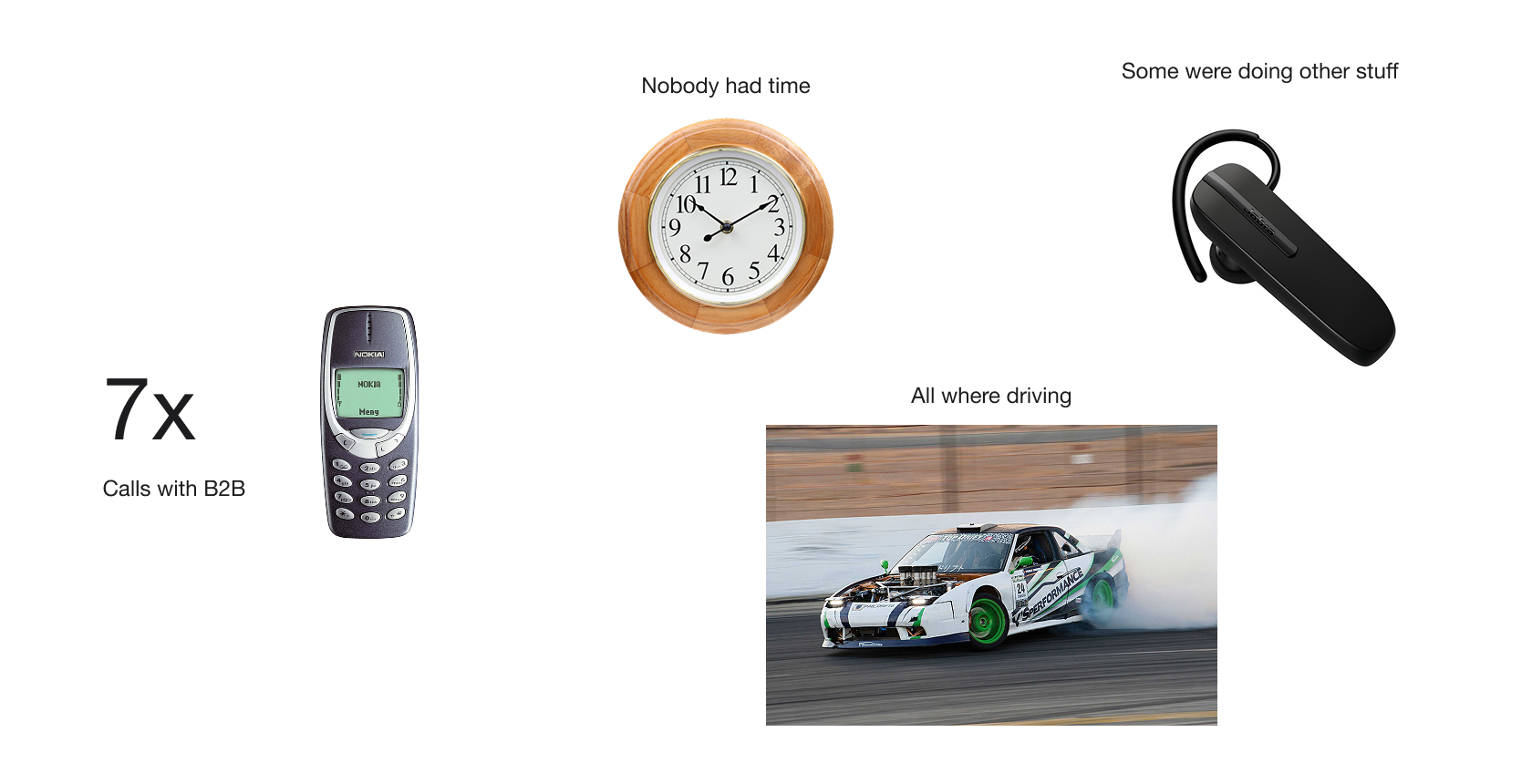
Of course, not everyone had time. Some were driving and using high-tech hands-free gadgets, others just weren’t in the best mood. But most were still willing to share the pain points they faced with our return flow. About half of them were owners, and the other half were managers.
Two clear user groups
We talked with French people because at that time we were focused on the French market. So, we spoke with B2C who were living in France and had made a purchase on the Ovoko marketplace in the past 6 months. We started to notice differences between B2B and B2C two in ordering frequency and how that affected returns.

Risking to loose 20% of users
Baymard’s quantitative study found that 7% of users would never purchase again from the last site they returned an item to, solely because of the site’s returns experience, while another 13% said they would be unlikely to purchase from that site again.
B2B vs B2C buyers
The first difference we noticed was the item quantity in returns. Regular users mentioned they usually order just one item, so if they decide to return something, it’s typically a single item. Businesses, on the other hand, tend to gather multiple items before filling out the return form, meaning that one initiated return often includes several items.
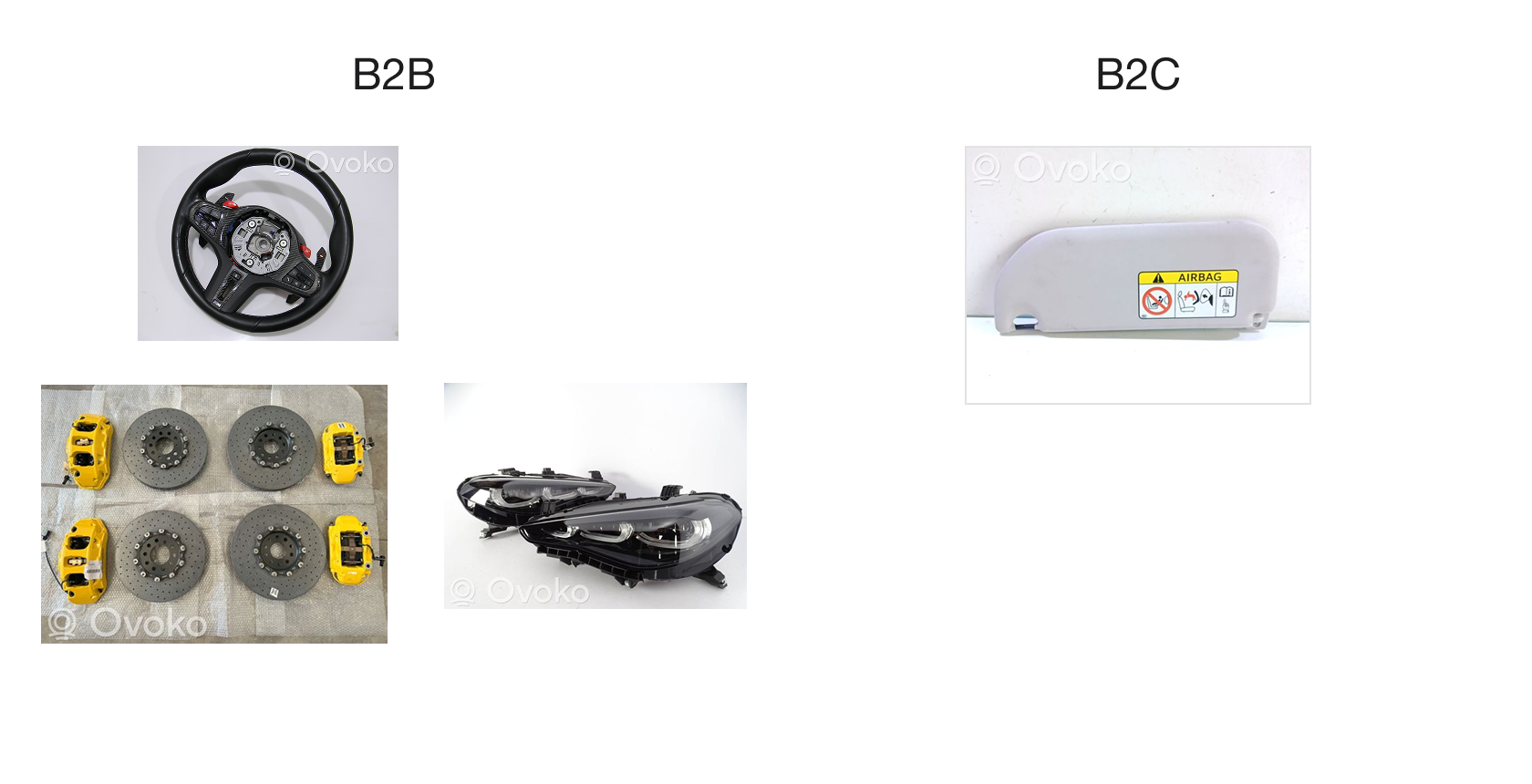
We gave our colleagues our own dog food
We said, “Let’s play a game."
Imagine you're a body shop manager who ordered 3 items: a steering wheel, headlights, and brake discs. Today is Thursday, and the items arrived last Friday. Today, your mechanic tried to install the parts, but noticed some scratches, and some didn’t fit the car, so you both decide to return all of them.
What do you know about your items at this moment?
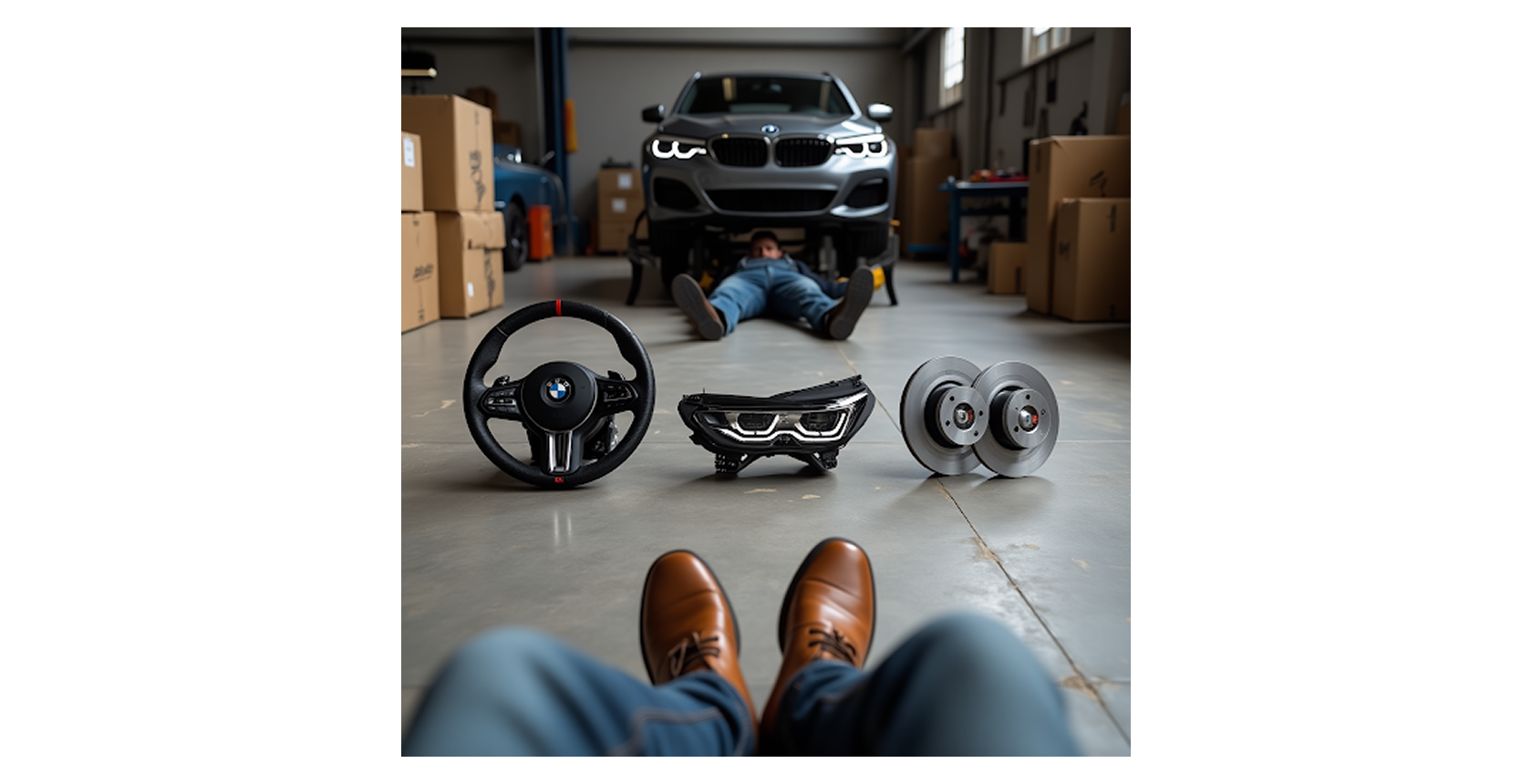
As businesses mentioned, they usually know the part name, sometimes the approximate price, and more or less when they placed the order.
Do you remember the order ID?
No? But we ask our clients to remember it.
Goal: Match the real world rather than change behaviour
When a person reaches the point of wanting to return something, they’re already unhappy. They’ve spent time researching, comparing options, and filling in all their information to buy the item they needed.
In the old return process, we caused more frustration by asking for information we already had.
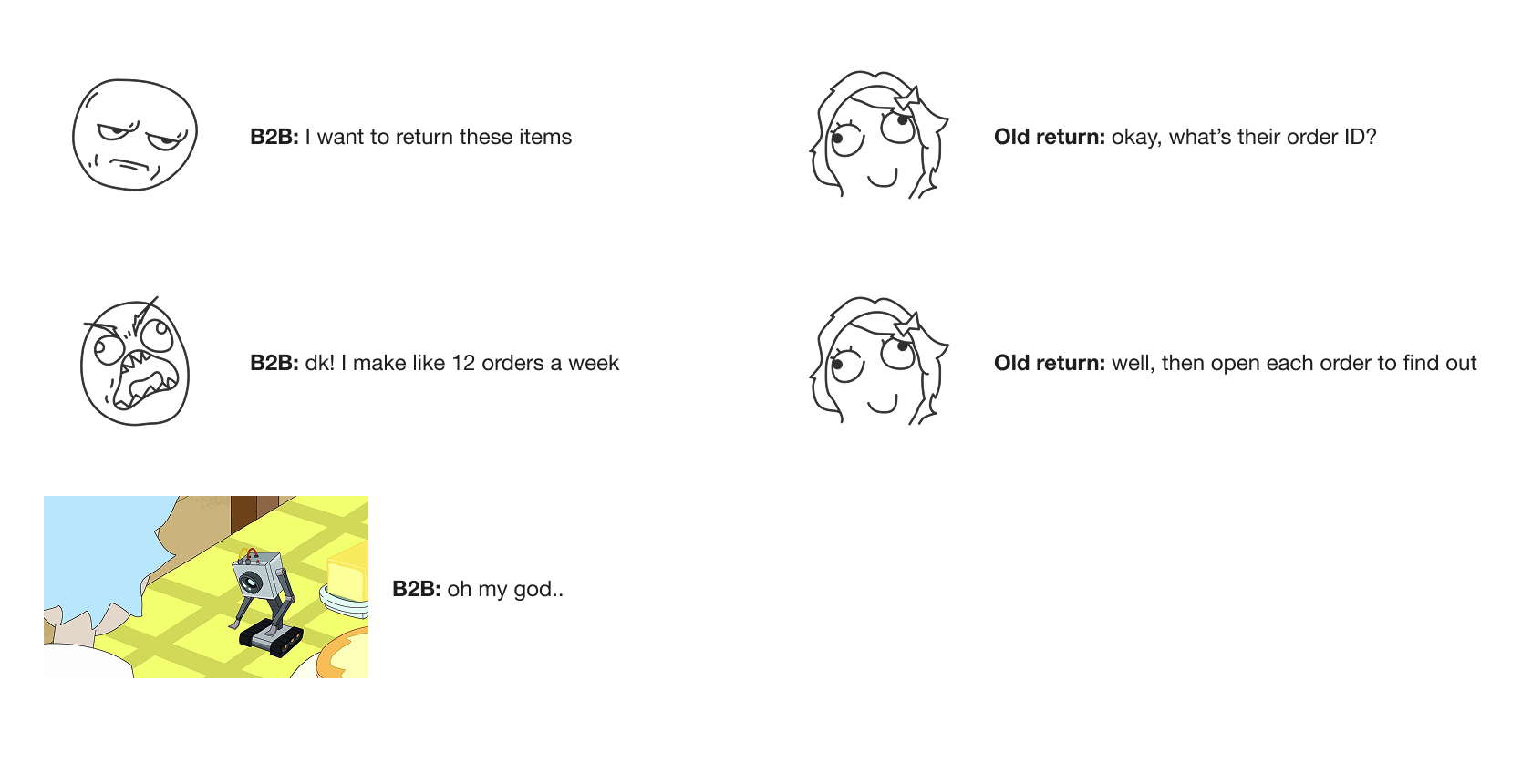
From talking with our users, we found that they usually know the item name, price, and approximately when they placed the order. So, we introduced a return flow that matches natural behaviour.
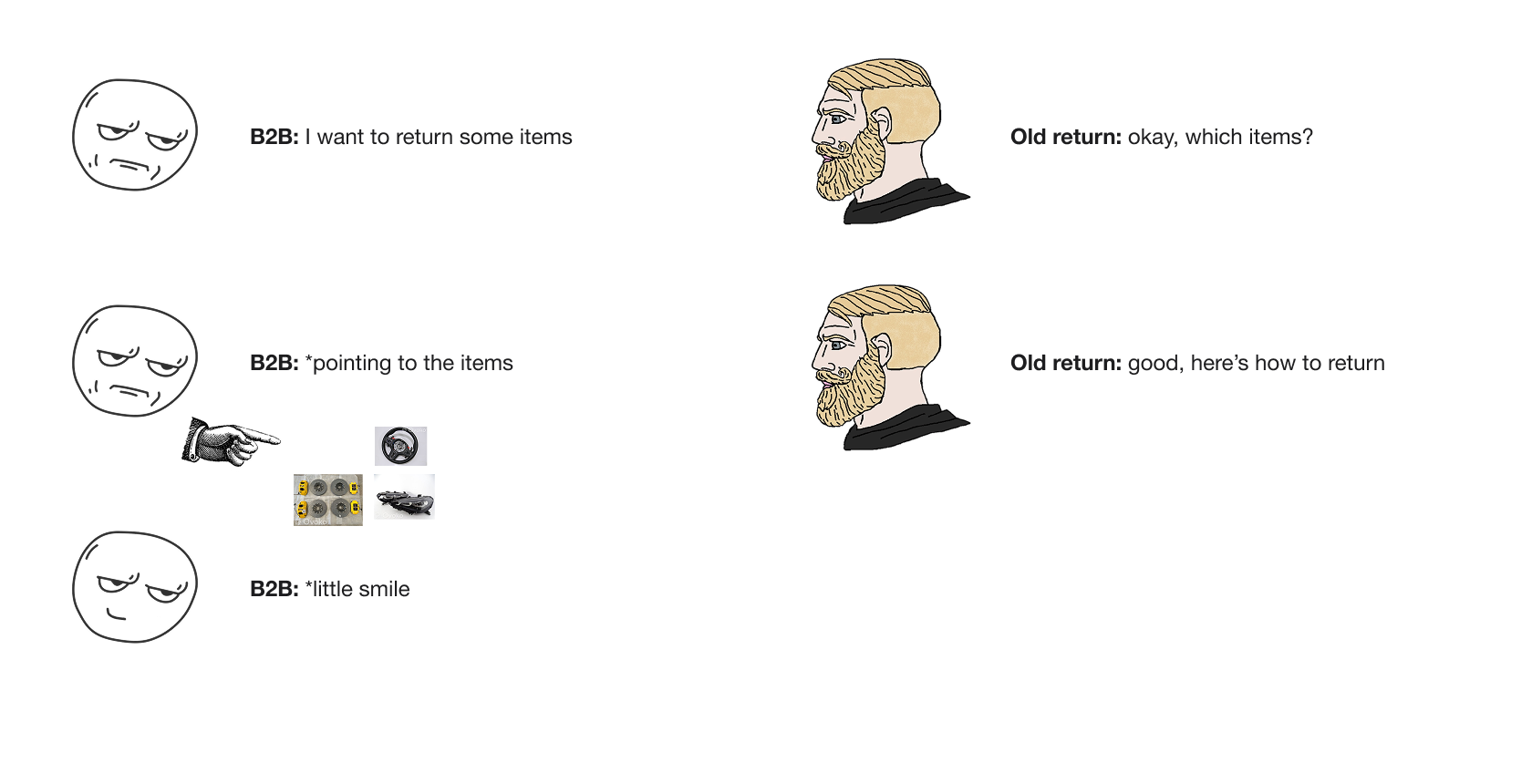
Both orders and returns are quite complex in their logic. Multiple sellers, different shipping options, some parts are tiny, bulky ones go on a pallet. When sellers receive an item from a buyer, each has to review it in our SaaS. So yeah, you get it, it’s complicated.That’s why a separate ’Returns’ section made a lot of sense.
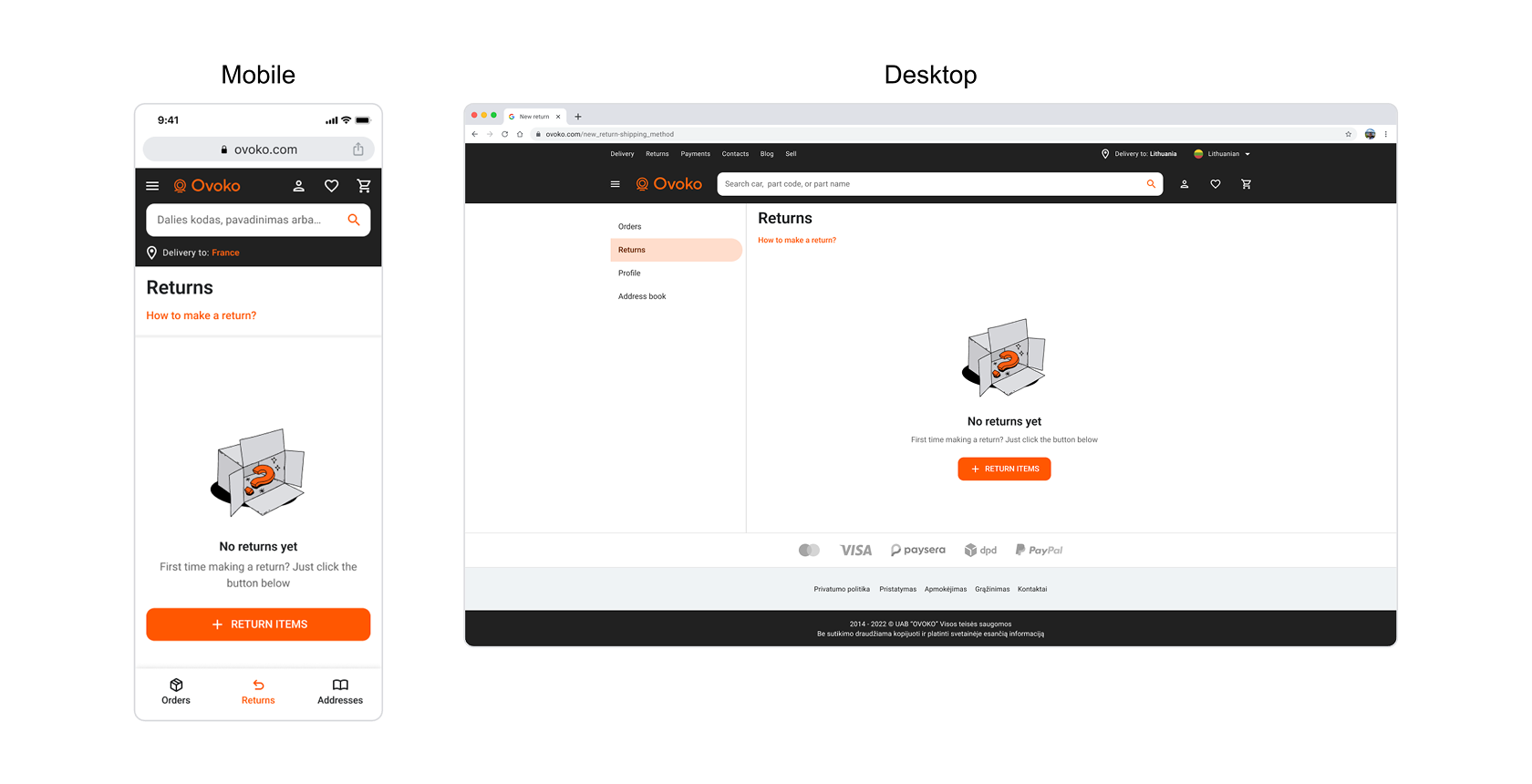
From research, I learned that in the moment of urgency, users know two things: what they ordered and what they want to return. In the screen below, we reflect that behaviour by showing a list of ordered items across multiple orders, and letting them select what they want to return.
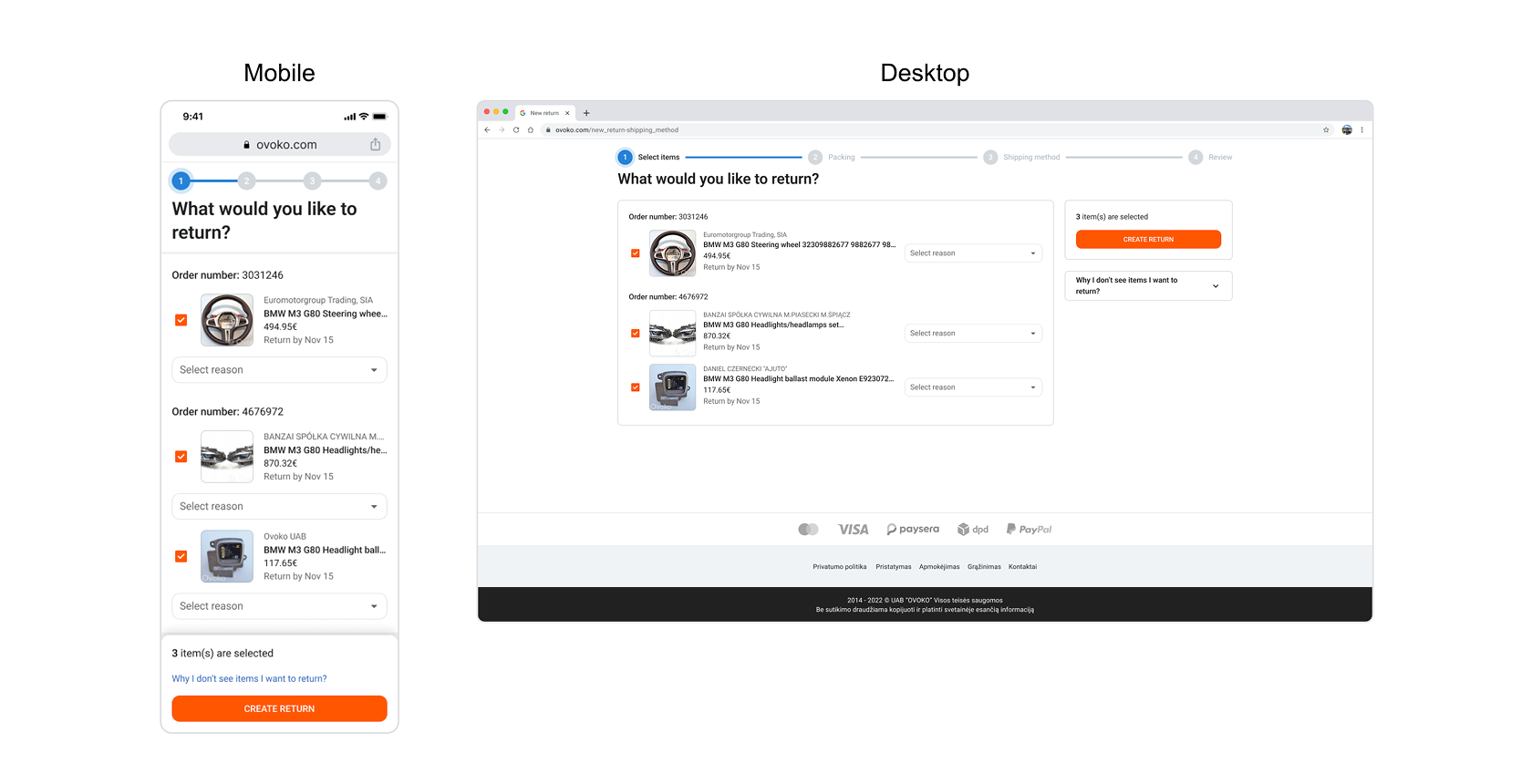
This is where the user interface matches real-world.
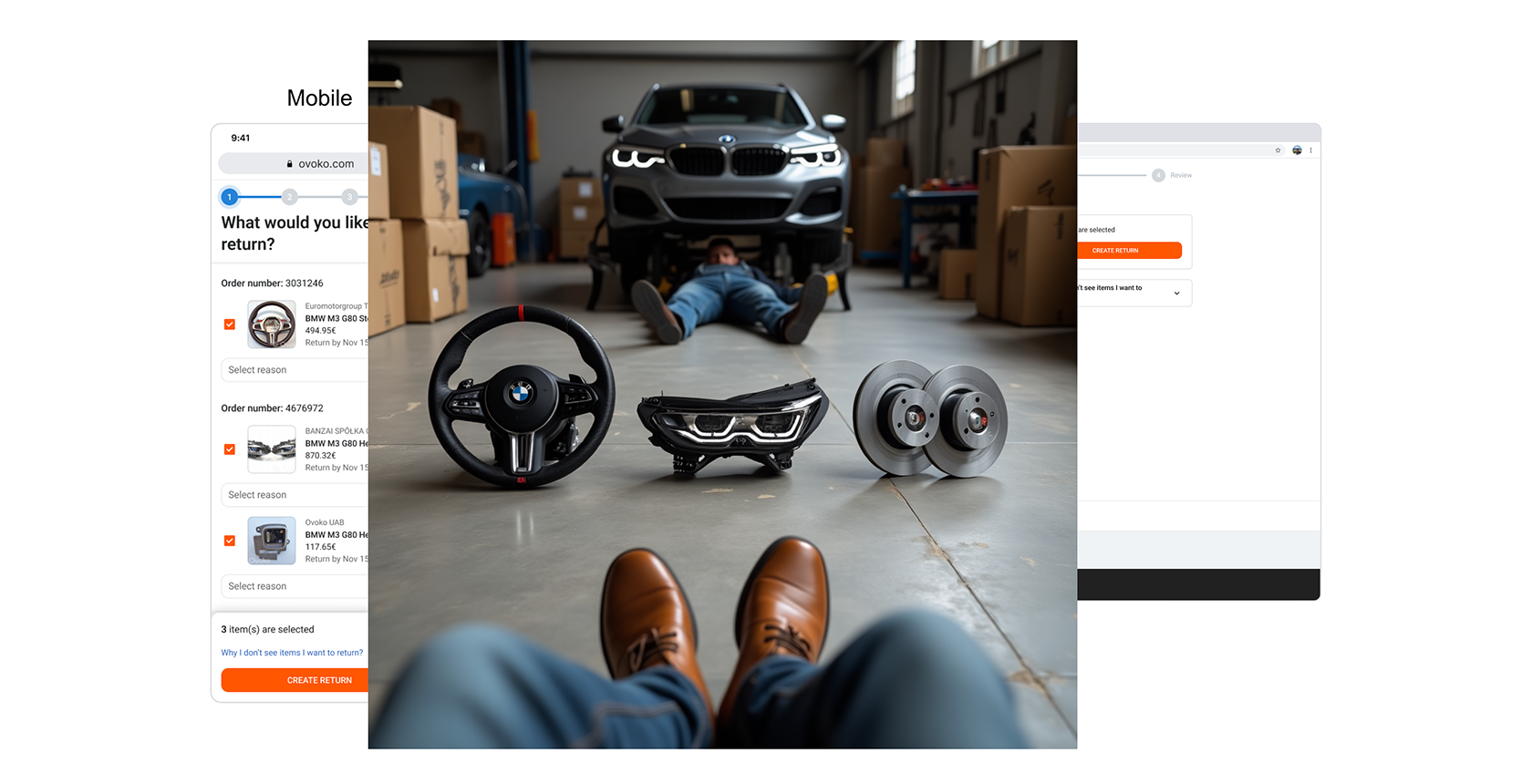
How returns impact personal schedules
A key difference is parcel handover. B2B users work from bodyshops and manage deliveries and returns at the workplace. B2C users receive items at home and must return them via courier pick-up. Since they’re often not home, they prefer choosing a specific day for the courier visit.
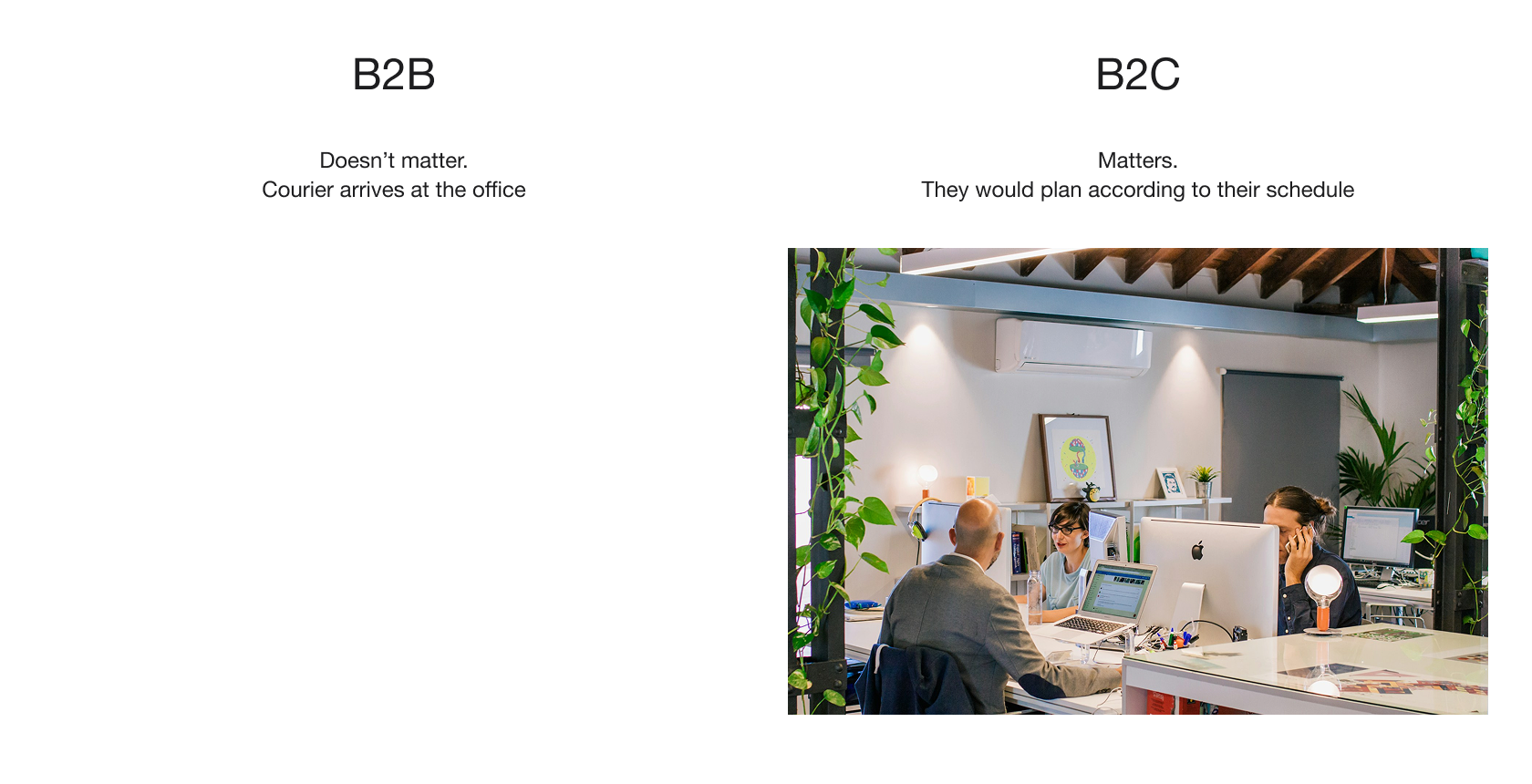
When choosing the return method, I added an optional selection for preferred courier arrival days.
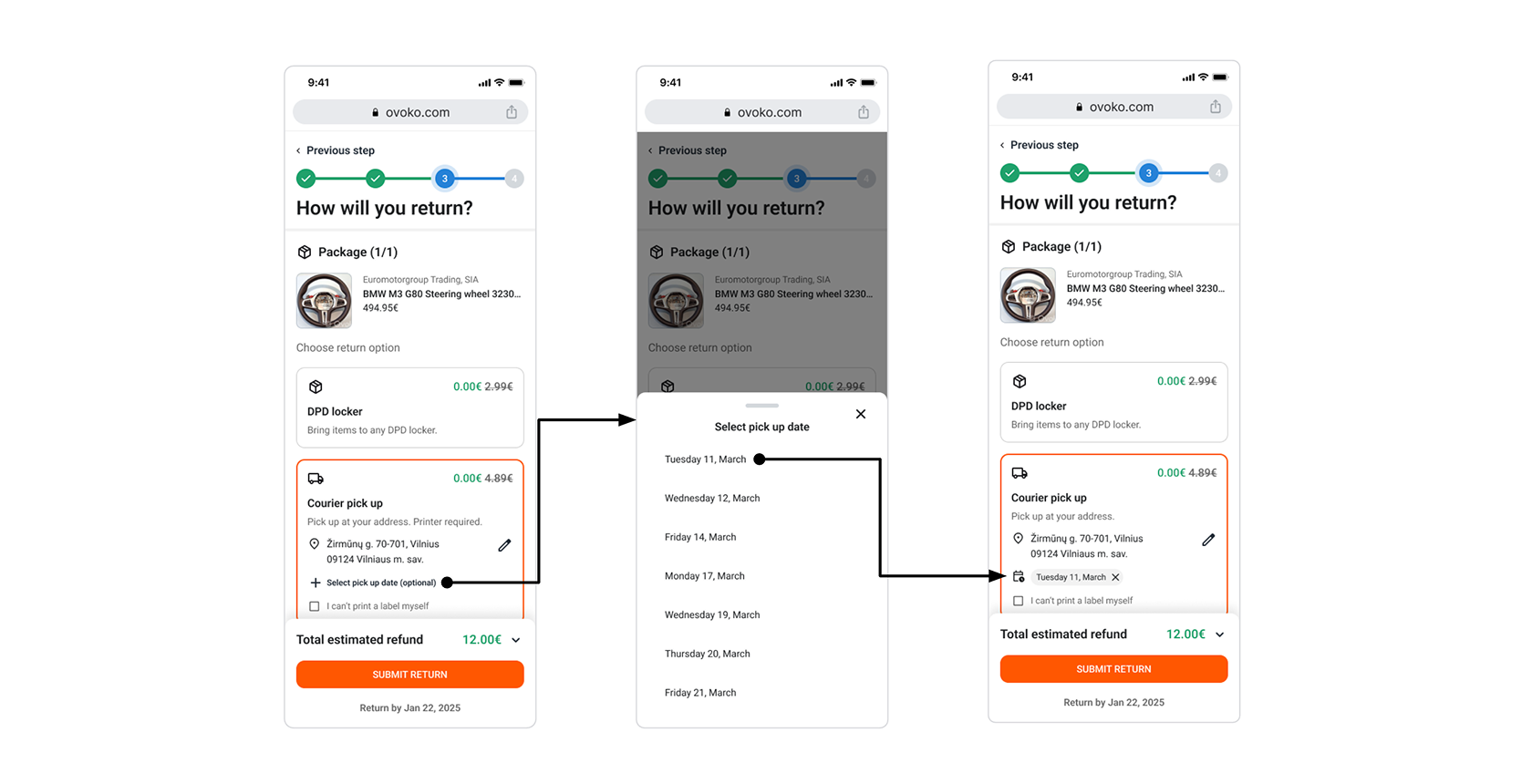
Access to a printer
Another difference we discovered between these two groups was access to printers. You might wonder why this matters. Well, it has a direct impact on the overall user experience. Three out of five of our marketplace users don’t have a working printer at home, either because they don’t own one, or it’s out of ink or simply not functional. Our return process required users to print a shipping label, which added extra steps: finding a printing service, scheduling time, and even paying for paper. Not exactly convenient, right? That’s why we used our Autonomy Days to explore a better solution.
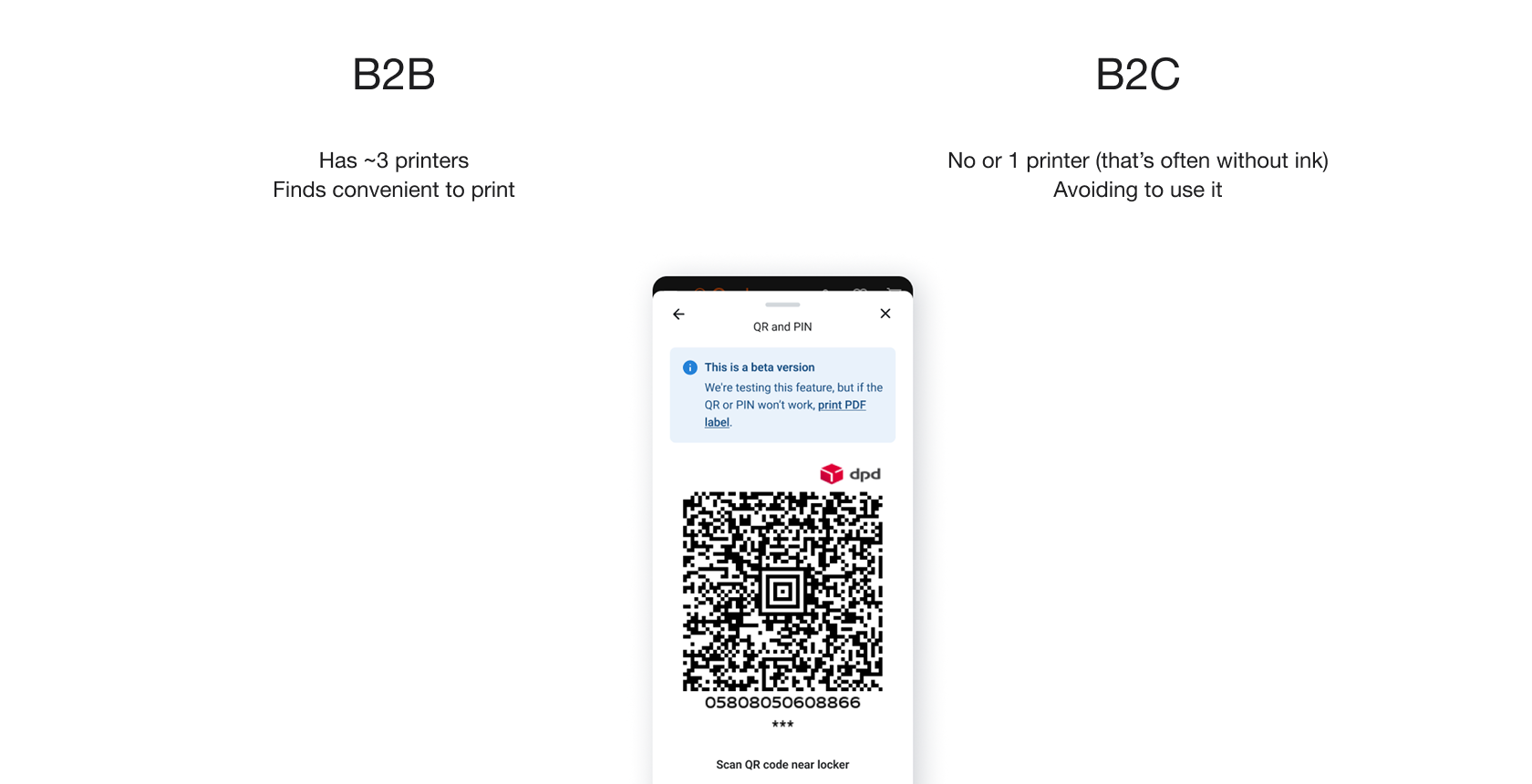
Learn more about the Printless Return initiative.
Mattress method
Good packing material is vital for a smooth return, keeping items safe in transit and ticking off policy boxes, which makes life easier for both customer and seller. For regular folks, it seemed pretty straightforward: usually just one item, back in its original box, in a single go.
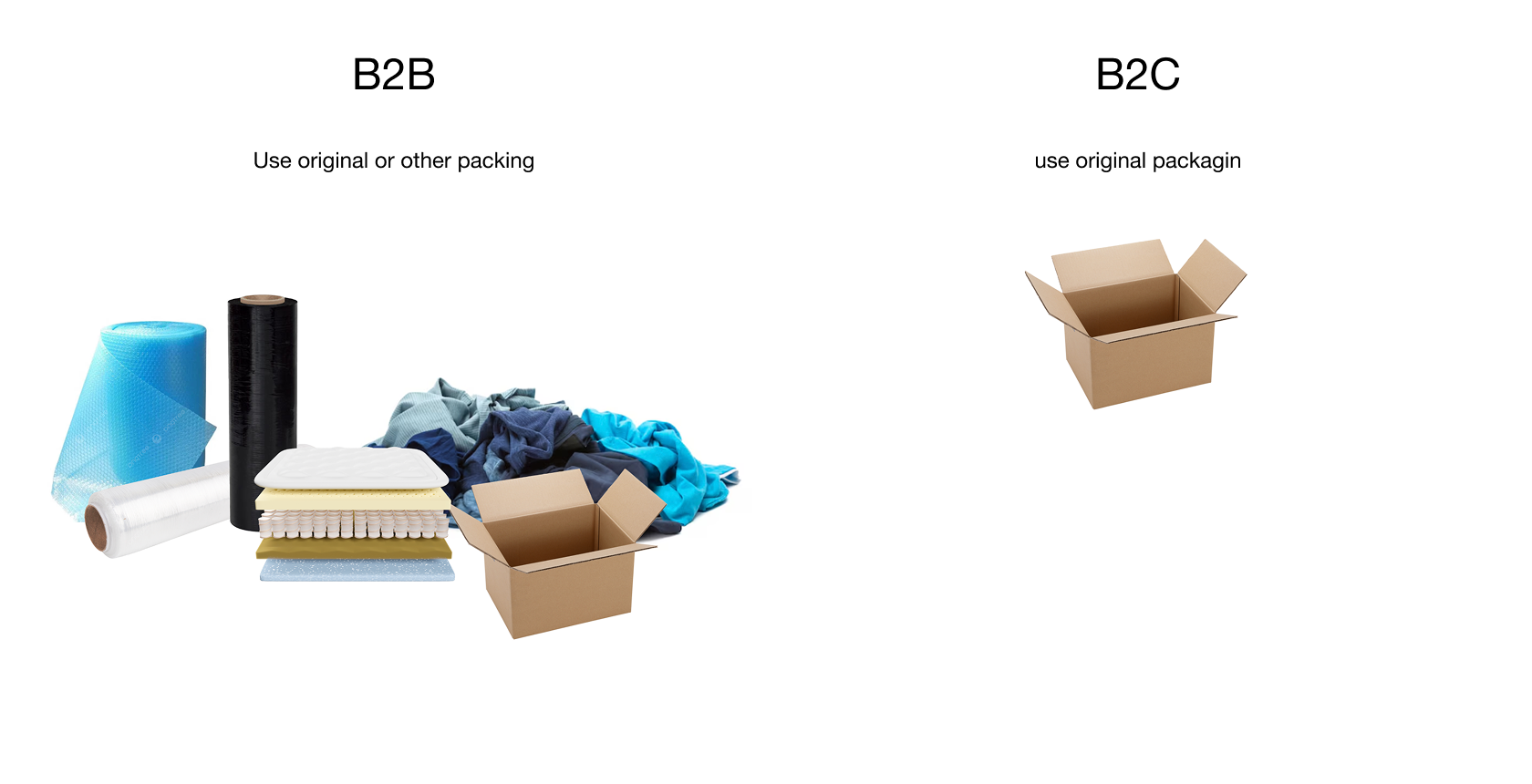
Mattress method
Businesses, however, had imagination with the packaging materials. Wrapping a BMW M340i 2019 front headlight in an old grandpa’s mattress isn’t a sign of hooliganism, but rather a sincere wanting to protect the returnable item.
We found that customers were often unaware of specific packing guidelines, which presented an opportunity for us to provide clearer instructions.
“Wait?! Where’s my refund?”
The starting point for that concern is either when the parcel is picked up by the courier or dropped off at a PUDO location. As you can see, businesses are more patient, they usually wait 2–3 weeks before following up, and they’re familiar with our business logic that requires the seller to confirm the return. Regular users, on the other hand, tend to expect a refund within 1–2 weeks.
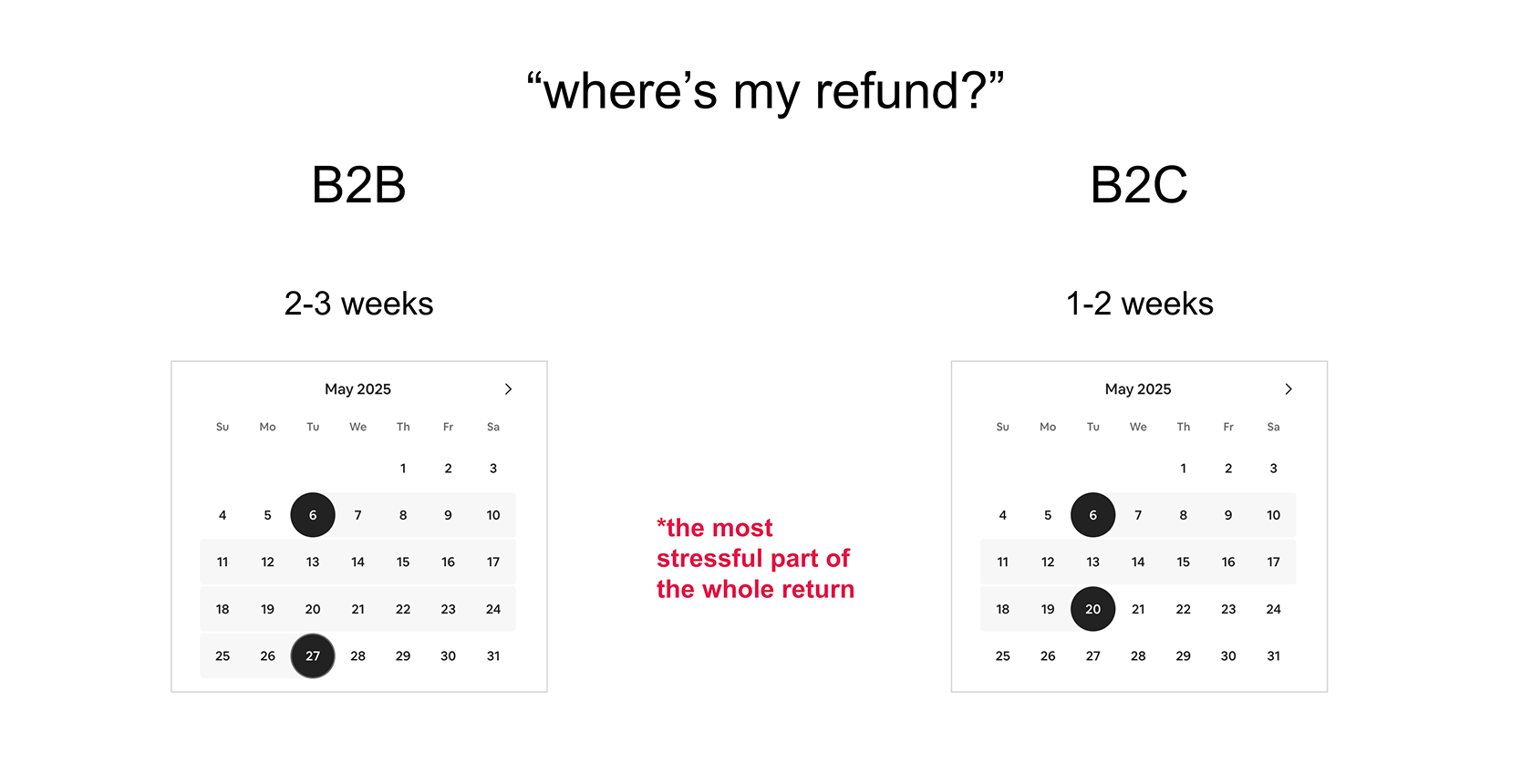
This insight helped us get a good sense of when we should send automated emails and what to communicate in the UI.
Giving a sense of control
No need to struggle to find your returnable items status and remember from which order your returnable item is.
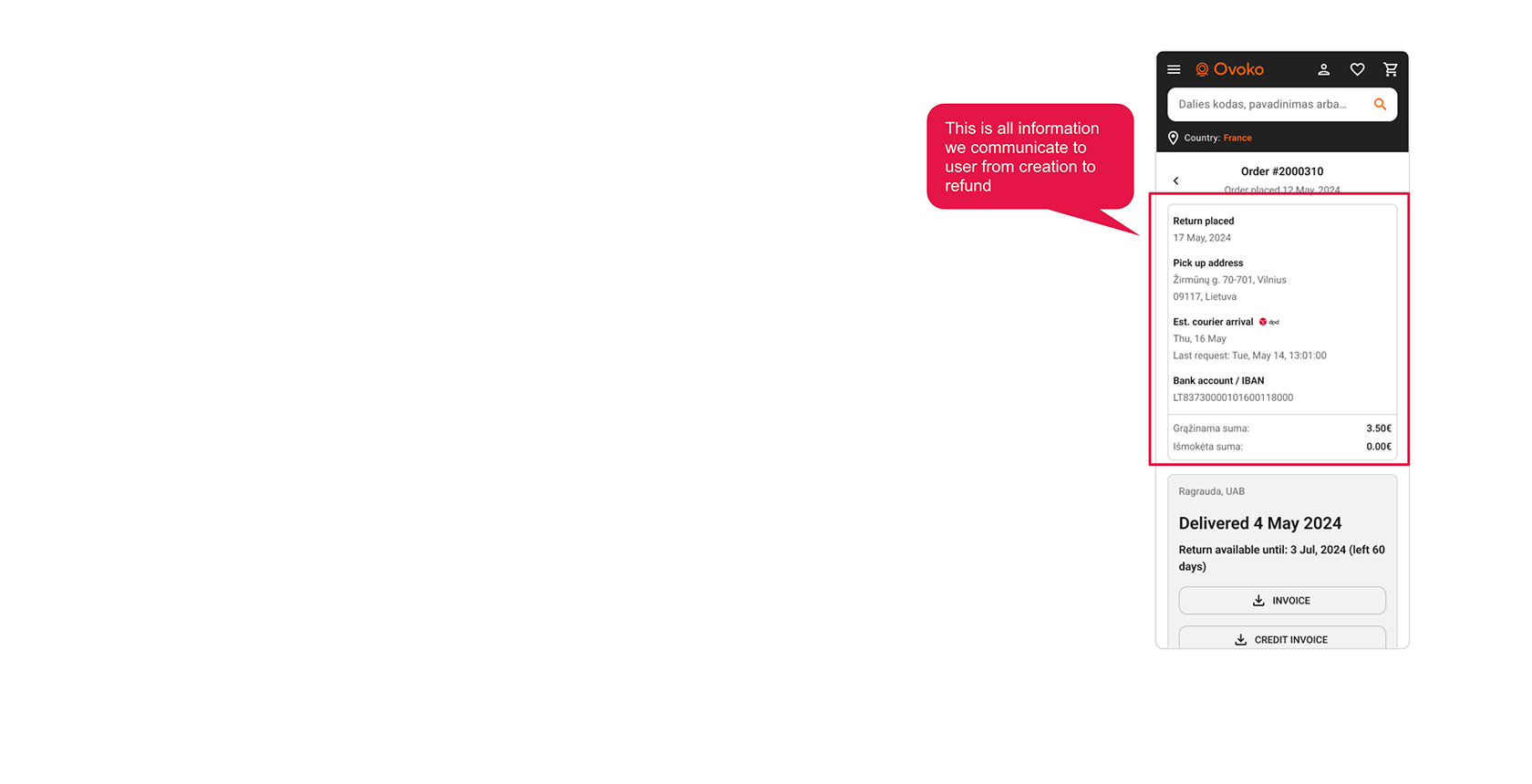
We introduced a separate tab for all returns, easing the friction of searching for a return from an order, and focusing more on the specific items you’re returning. Navigating to a created return, you’ll now be able to see the whole journey of your returnable items.
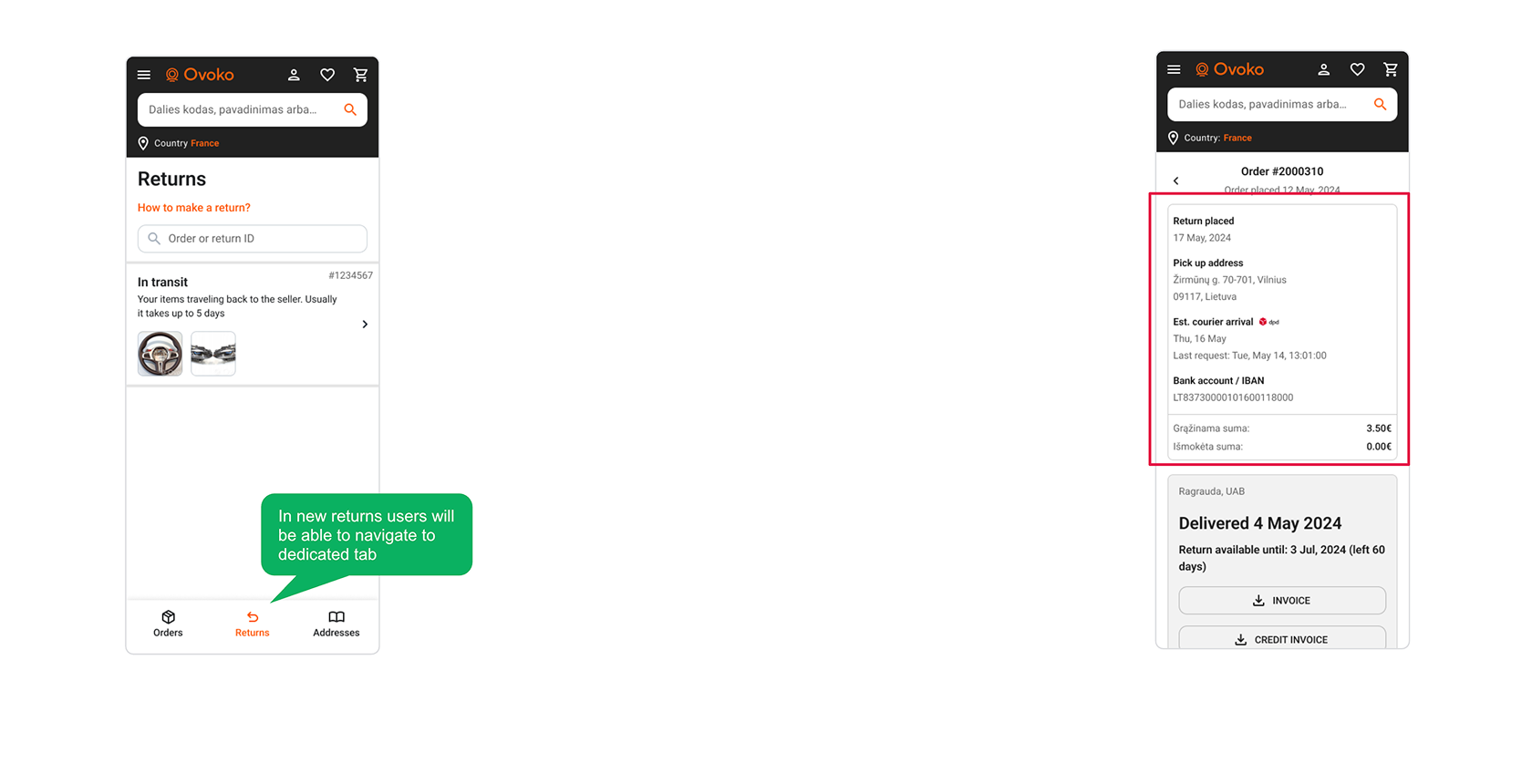
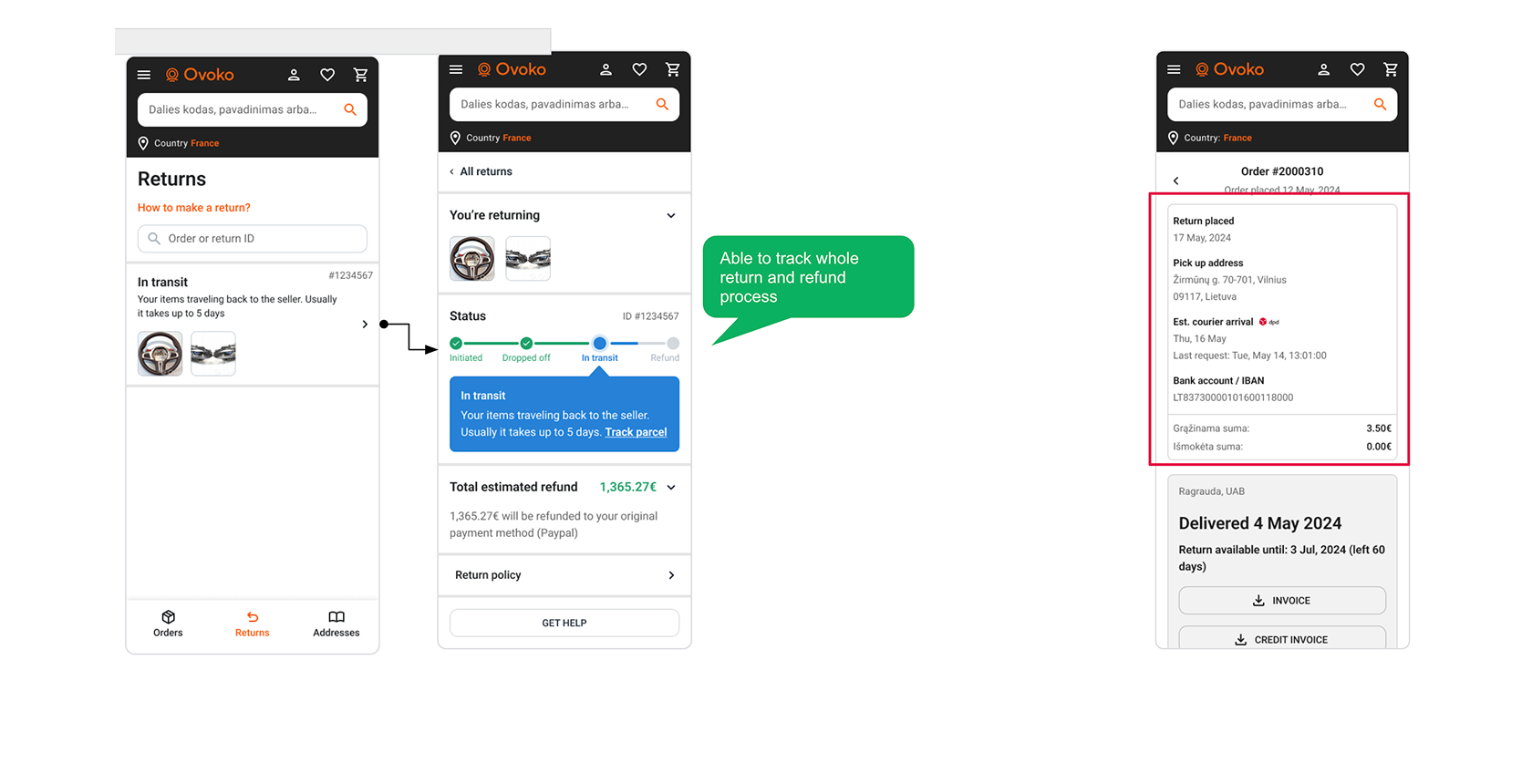
We’re always aiming for the "simple and clean, but here are more details if you want" rule.
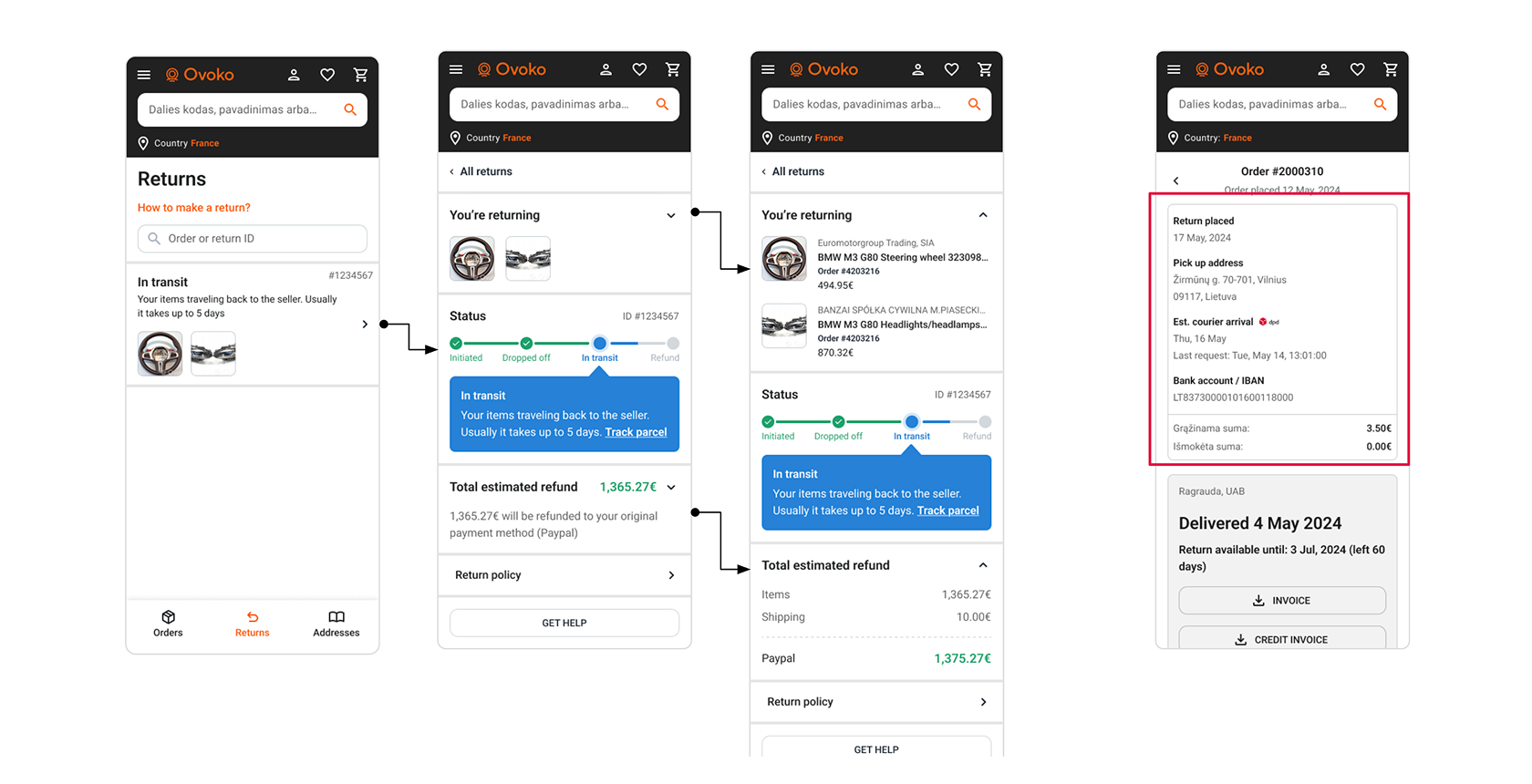
Valuing their time more
No more endless scrolling to legacy order list to find return.
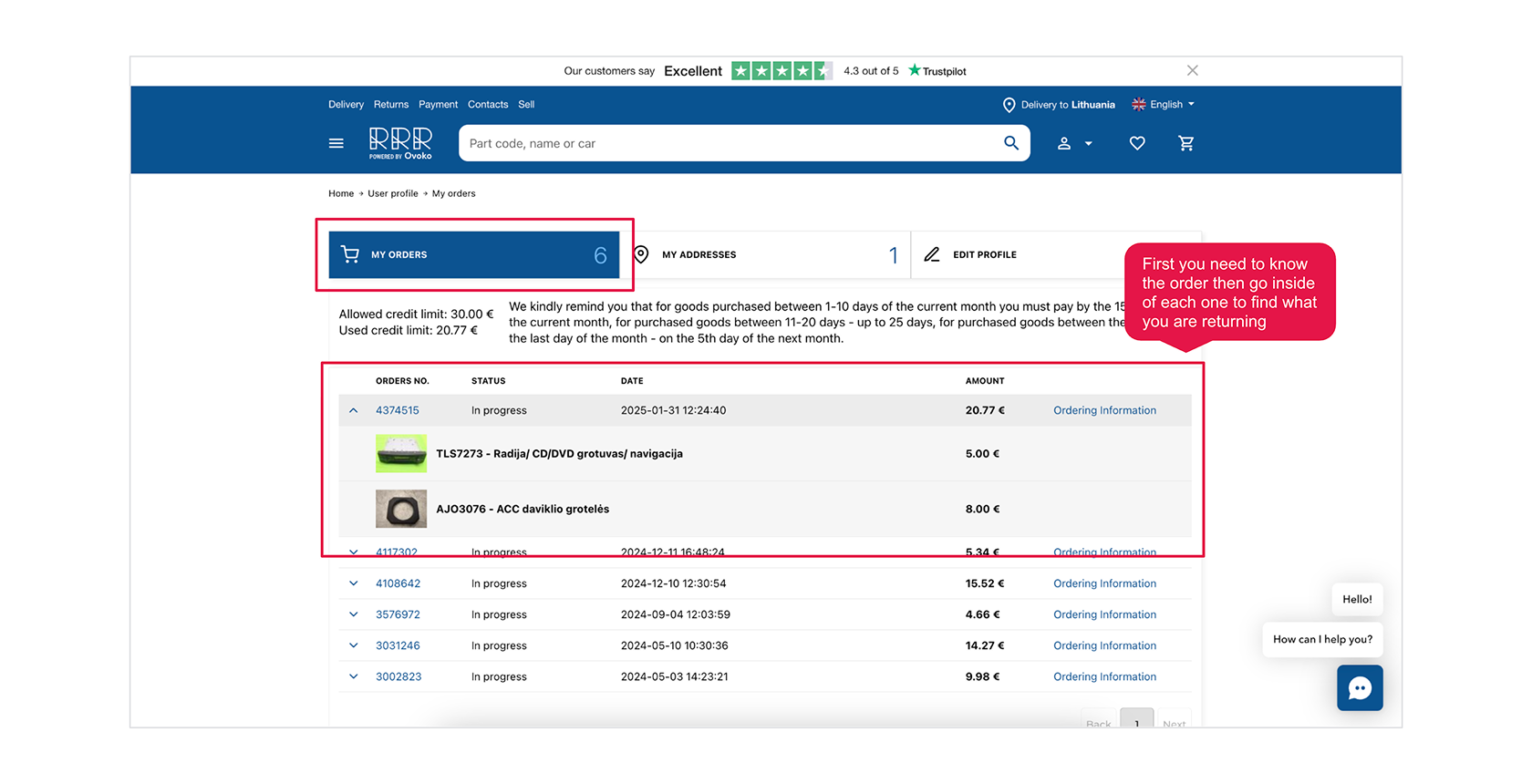
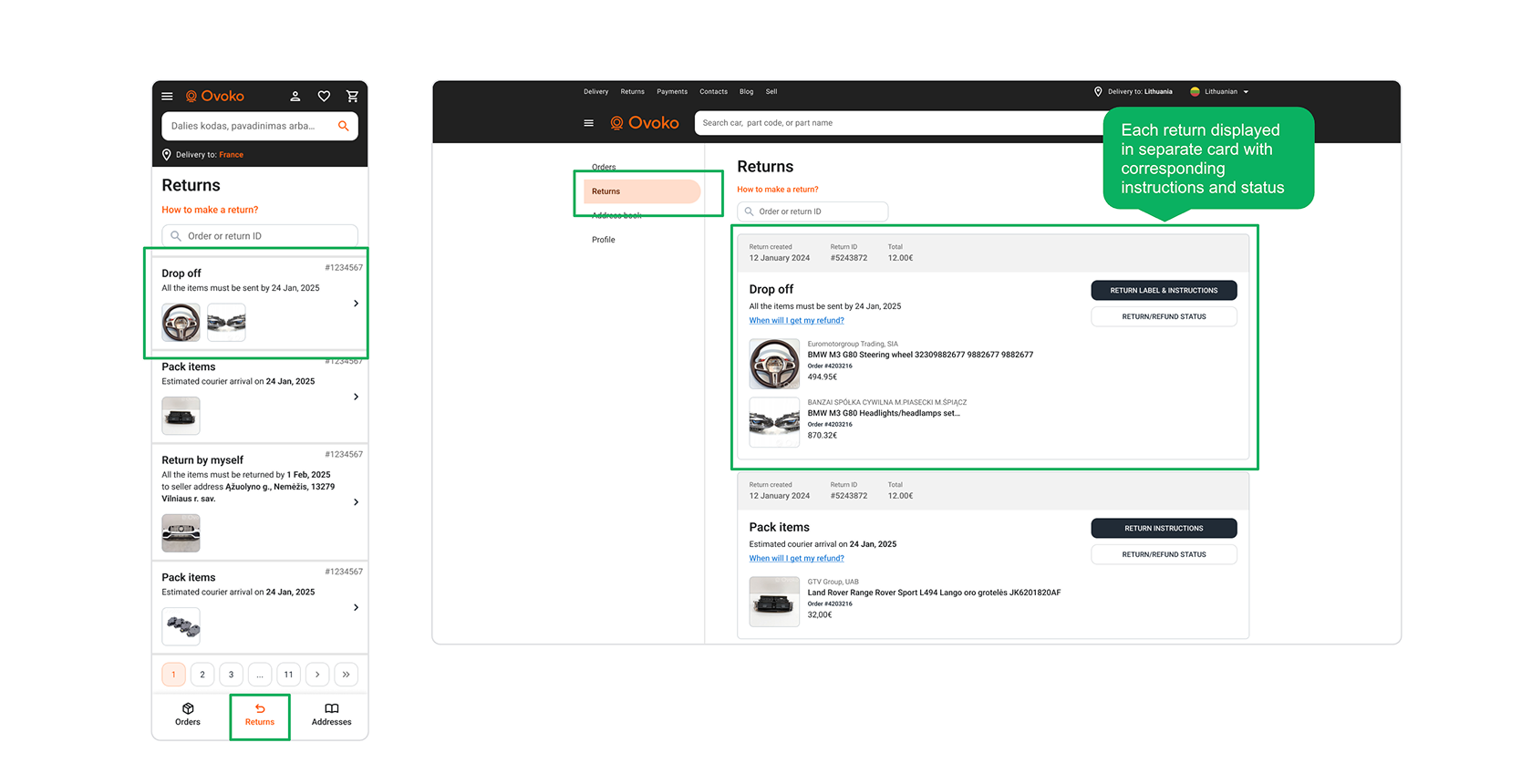
Not hiding information crucial for their success
The funniest part of the legacy return flow for me was the instructions screen. You’d fill out your return form, get a success page with the instructions, and then if close window, bye-bye, you’d never see them again:D Don’t ask me why, but now users will be able to access their instructions anytime, right there in the UI and via email too.
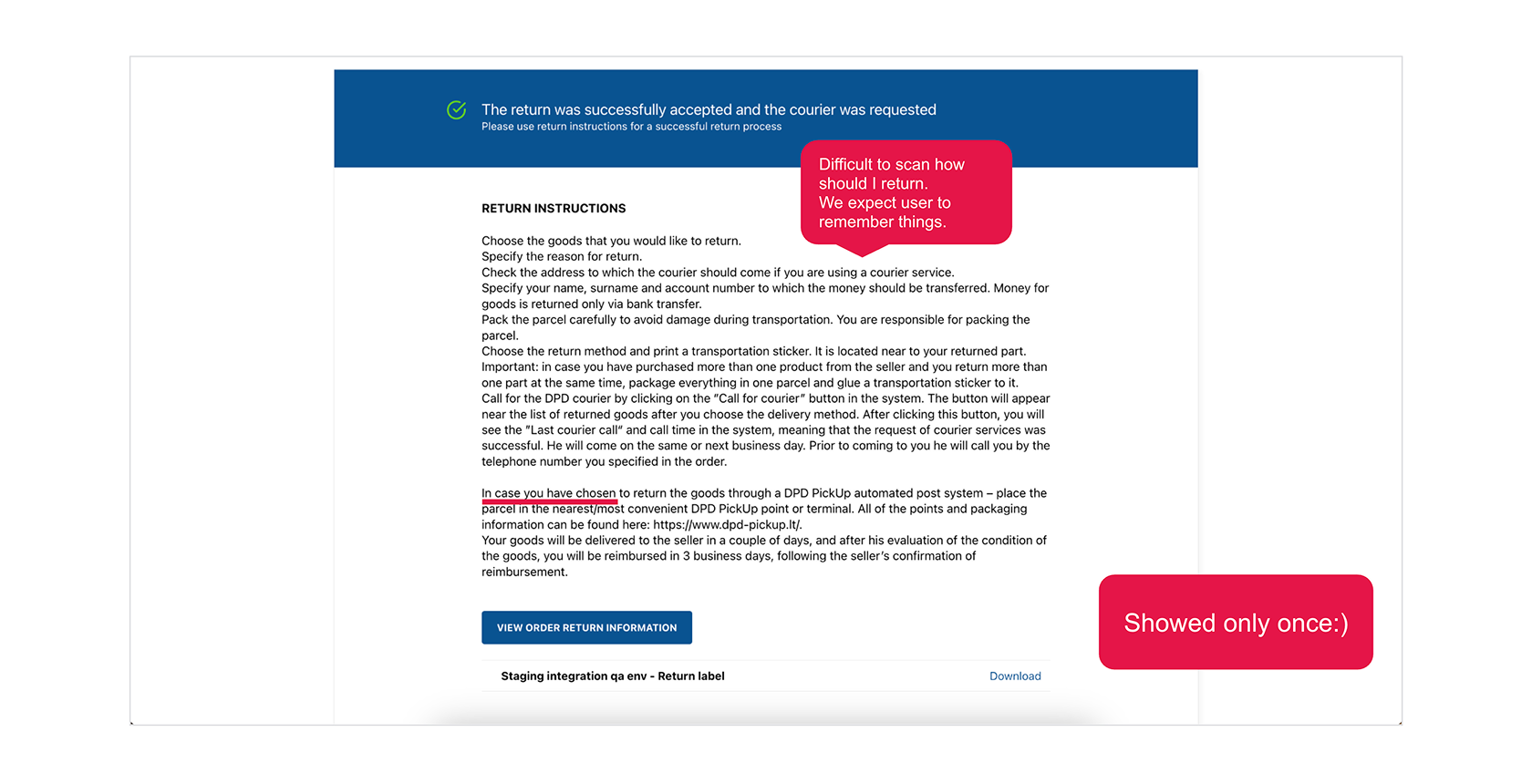
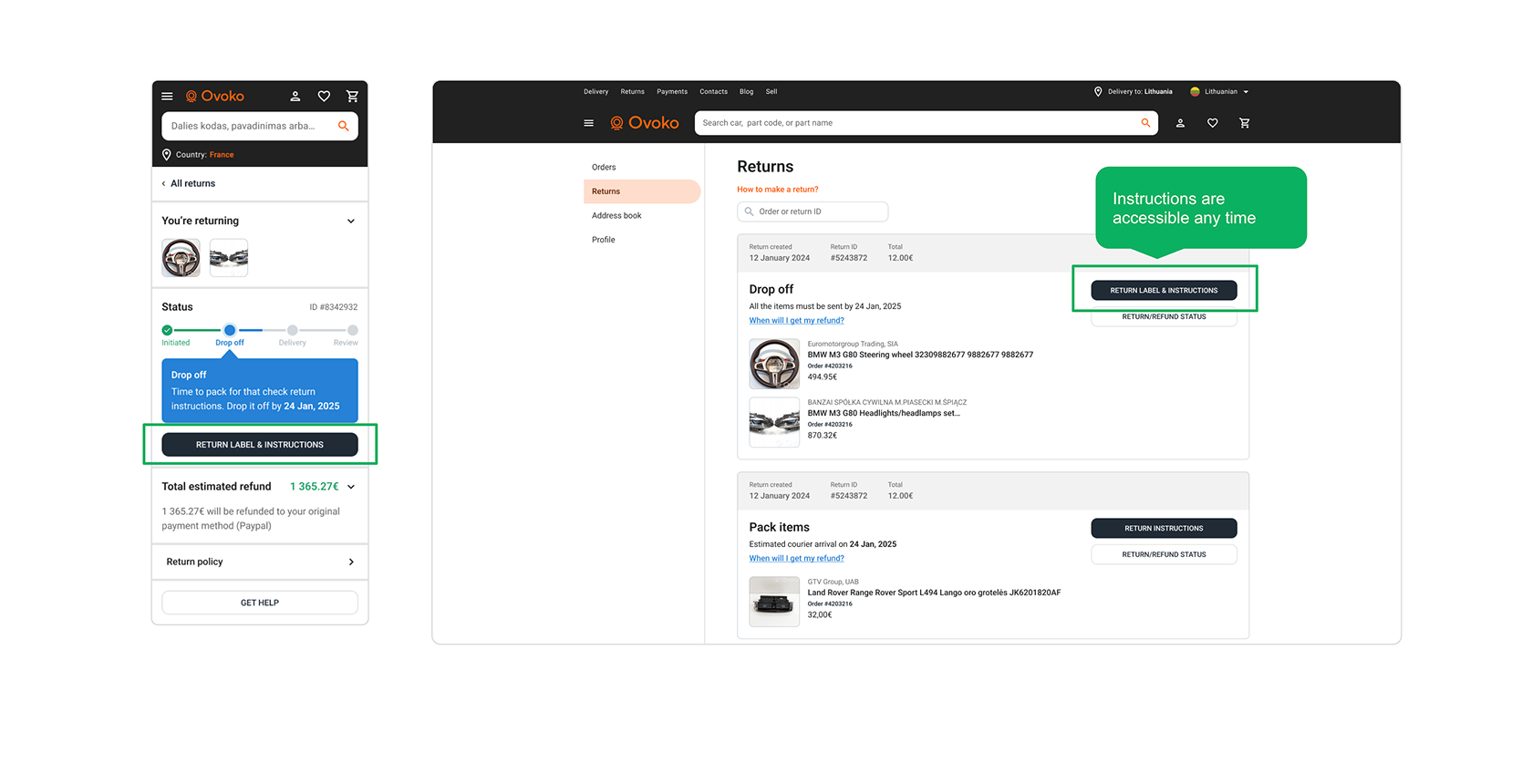
The interesting part was finding out that, depending on the package, shipping provider, country, and shipping option, there could be 48 different return instruction combinations. Making them as simple as possible was quite a challenge.
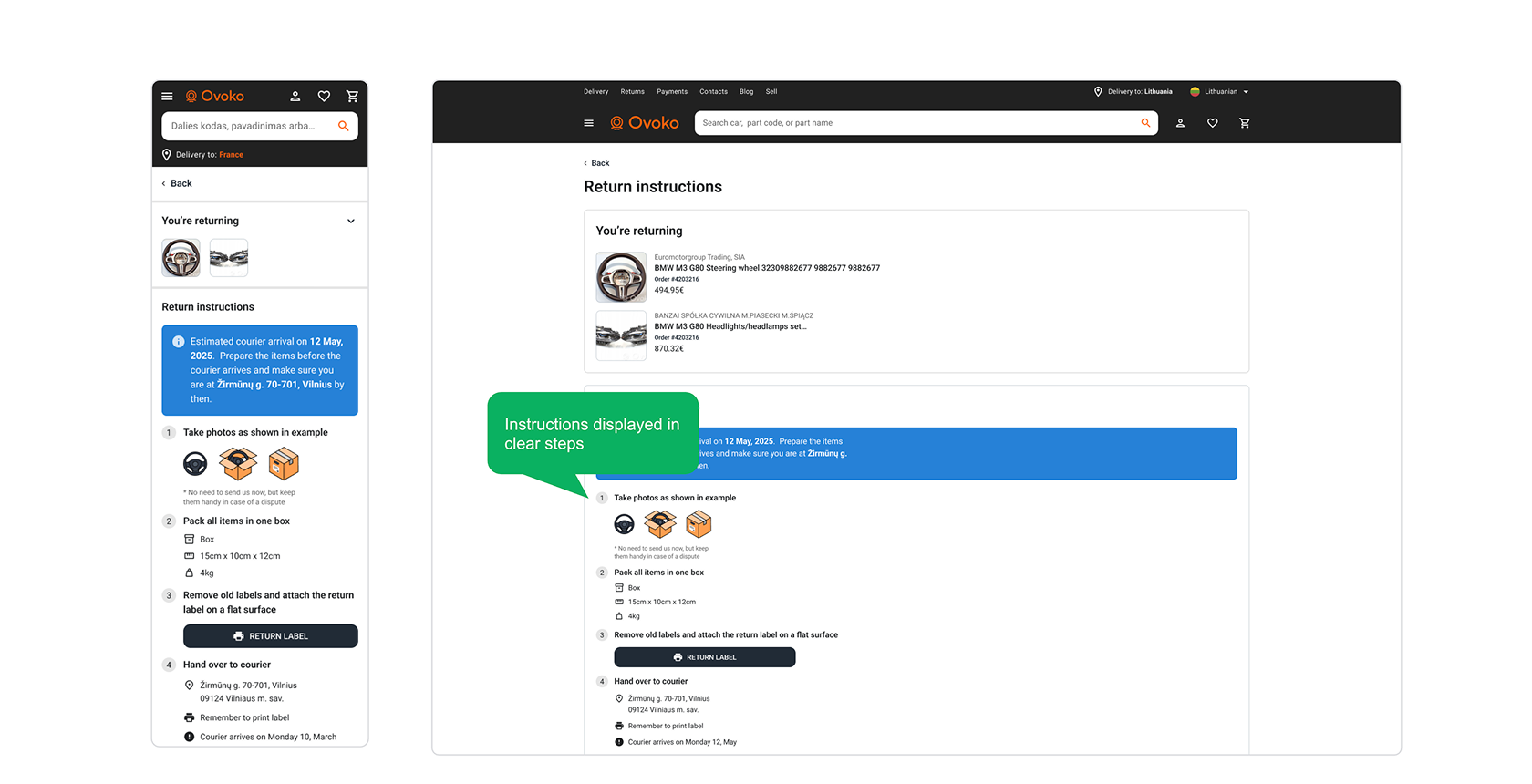
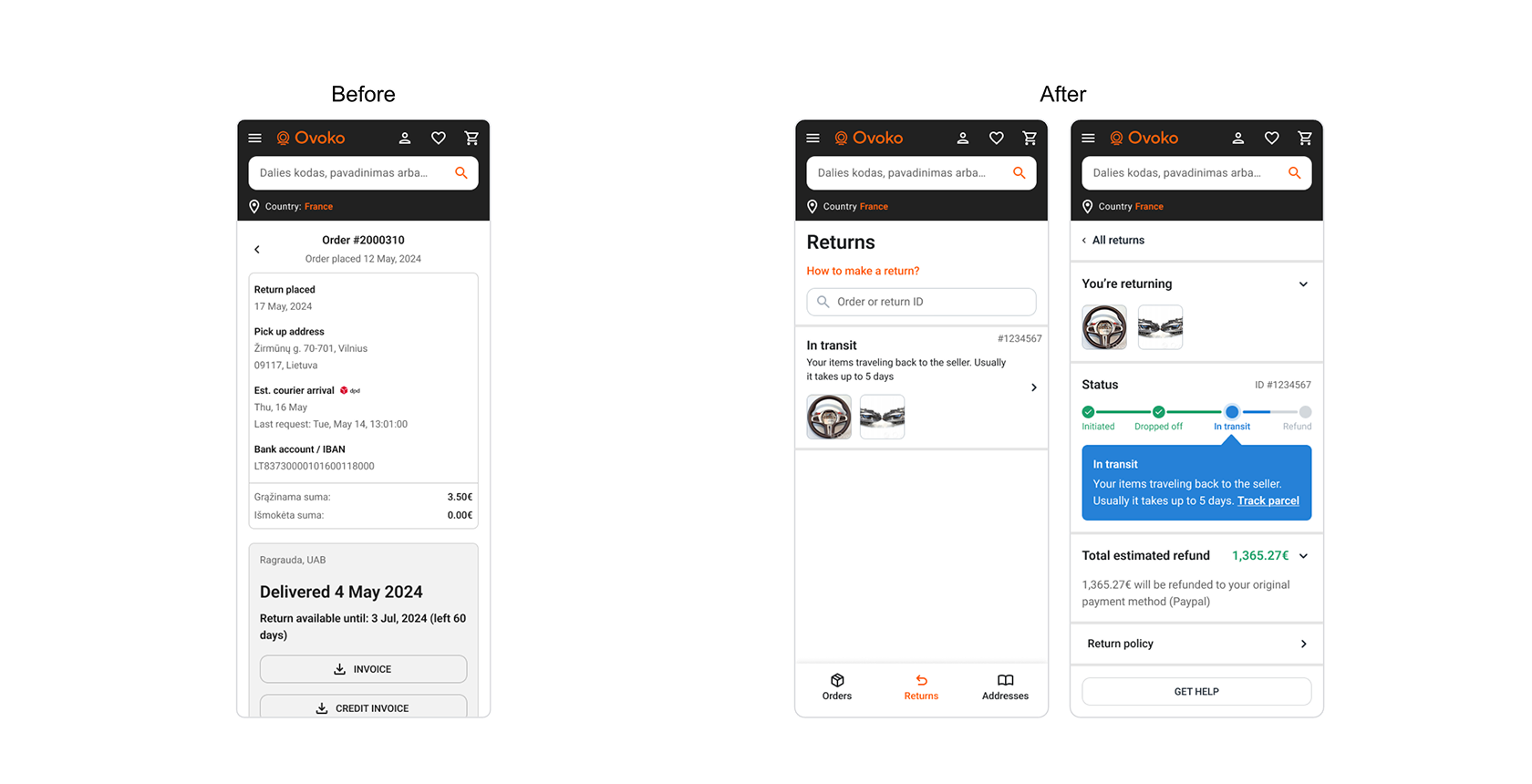
Yup, that’s it. My final words go to the Kardan team, who were incredibly supportive. I also want to acknowledge the excellent collaboration with the Shipping Product and Shipping Integrations teams; their help with understanding how couriers and their systems operate across Europe was invaluable. A special thanks to Gytis (Product Manager) for putting all his trust in me and my product decisions.
